Paula Murphy celebrates the work of one of Ireland’s most esteemed sculptors, John Henry Foley
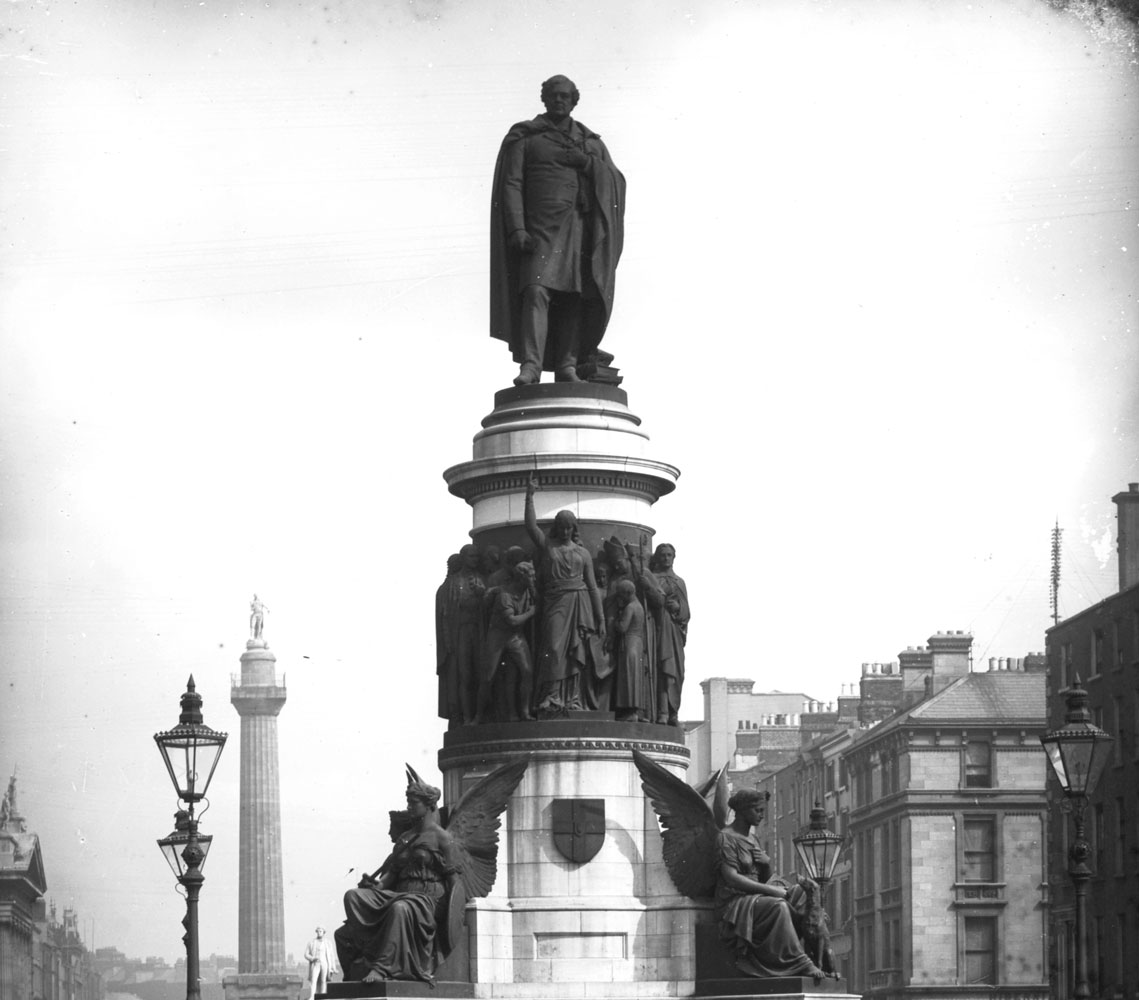
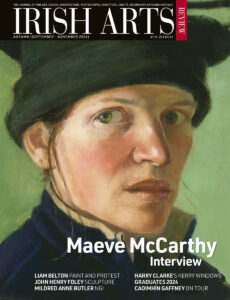
‘The news of the death of Foley, the eminent sculptor, was received by the Queen today with great regret,’ announced the London Court Circular on 28 August 1874. John Henry Foley, who by then had modelled many statues of Queen Victoria’s late husband, Prince Albert, including one for Dublin, had died the day before, on 27 August, at his home in London. At the time of his death 150 years ago, Foley was recognised as one of the leading sculptors of the day. He was thought to be a modest man, an idea reflected in his request to be buried quietly in Highgate Cemetery. However, his celebrity status at the time was such that the request was ignored and funeral arrangements were taken out of the family’s hands. What was thought to be a more fitting tribute took the form of a funeral procession through London to St Paul’s Cathedral, where a service ensued. He was interred in the crypt of the cathedral, in the company of such esteemed peers as Sir Christopher Wren, Sir Joshua Reynolds, Sir Thomas Lawrence and his countryman, the painter James Barry. Foley, like Barry, was Irish born and had left Ireland for London in his teens, enrolling at the Royal Academy (RA) in 1835. Foley’s funeral cortège was routed through Piccadilly in order that it might pass the RA, to which he had been elected a member in 1858.
To read this article in full, subscribe or buy this edition of the Irish Arts Review
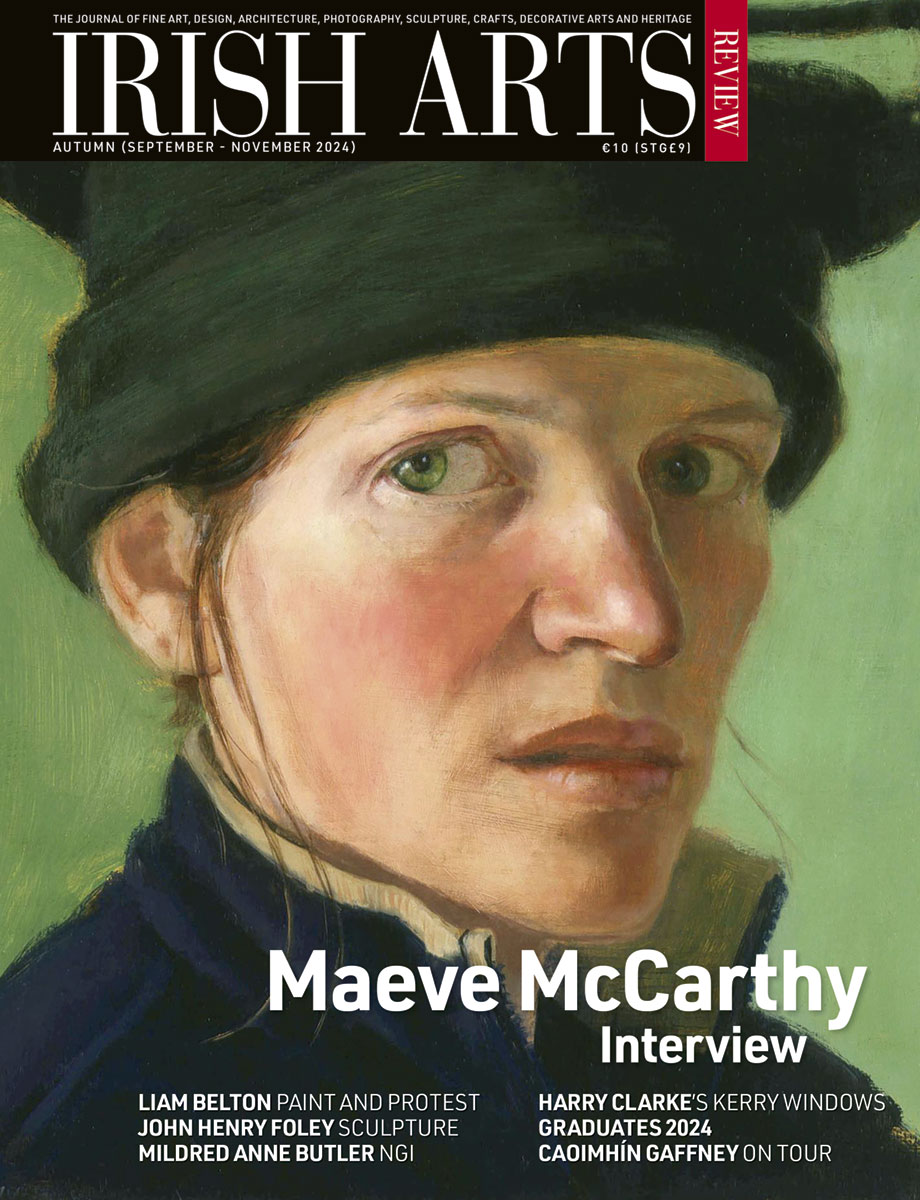
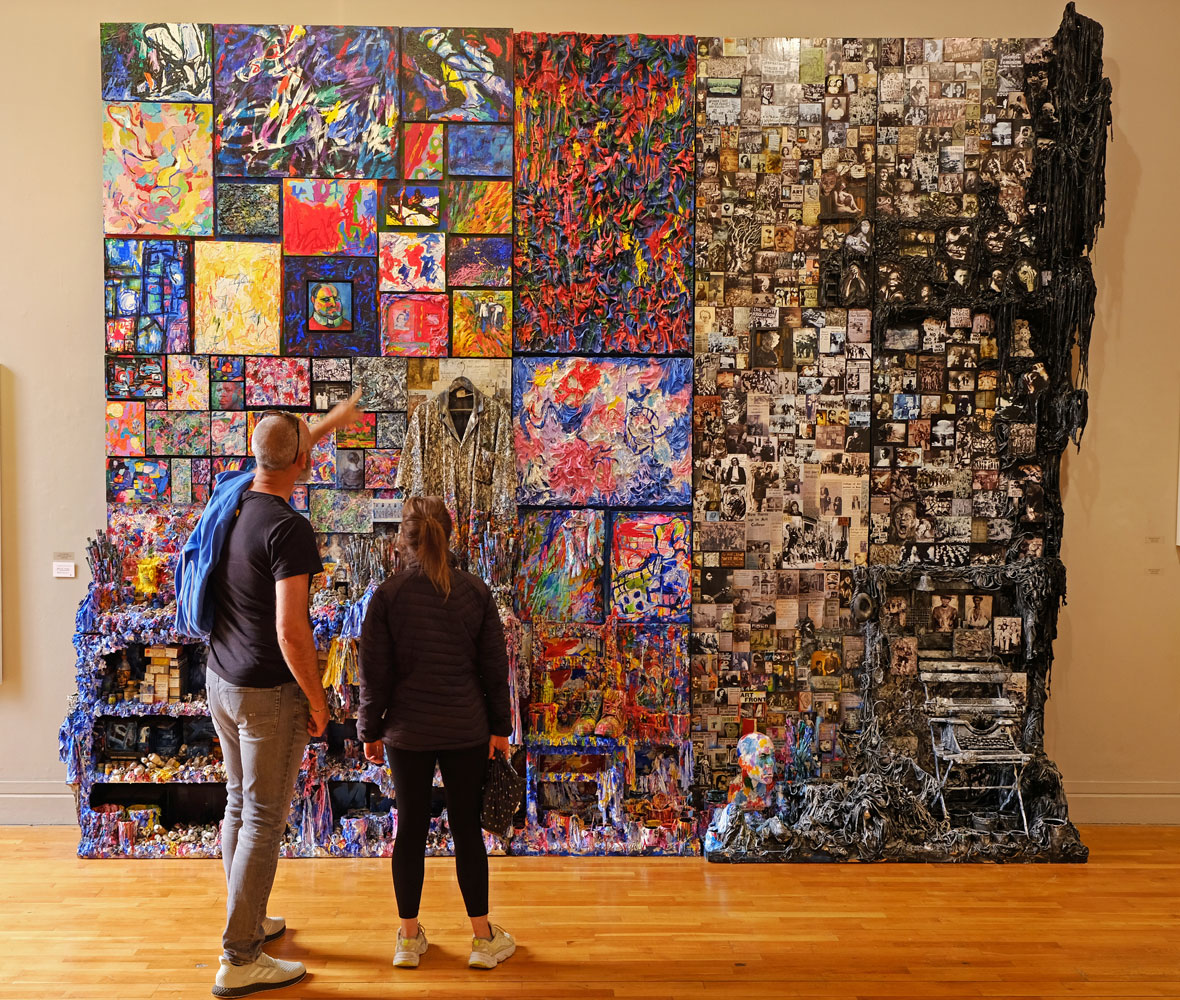
Liam Belton recalls the protests in the National College of Art between 1967 and 1971 that led to the formation of an autonomous board to oversee the running of the college. These developments, along with other major events of the period, are encapsulated in his artwork Homage to Paint and Protest
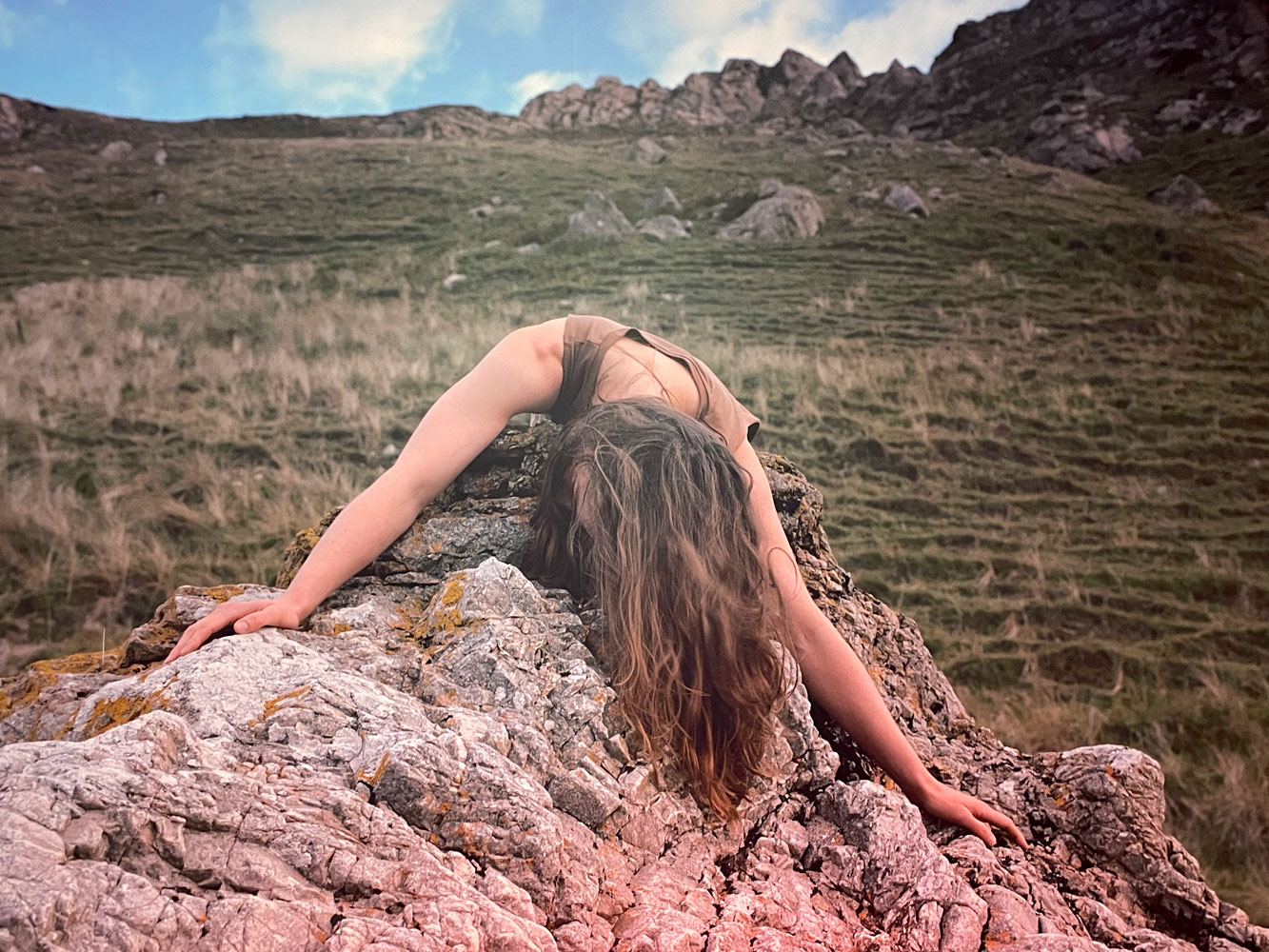
Themes of the natural world and climate chaos lie at the heart of Caoimhín Gaffney’s exhibition, writes Eamonn Maxwell
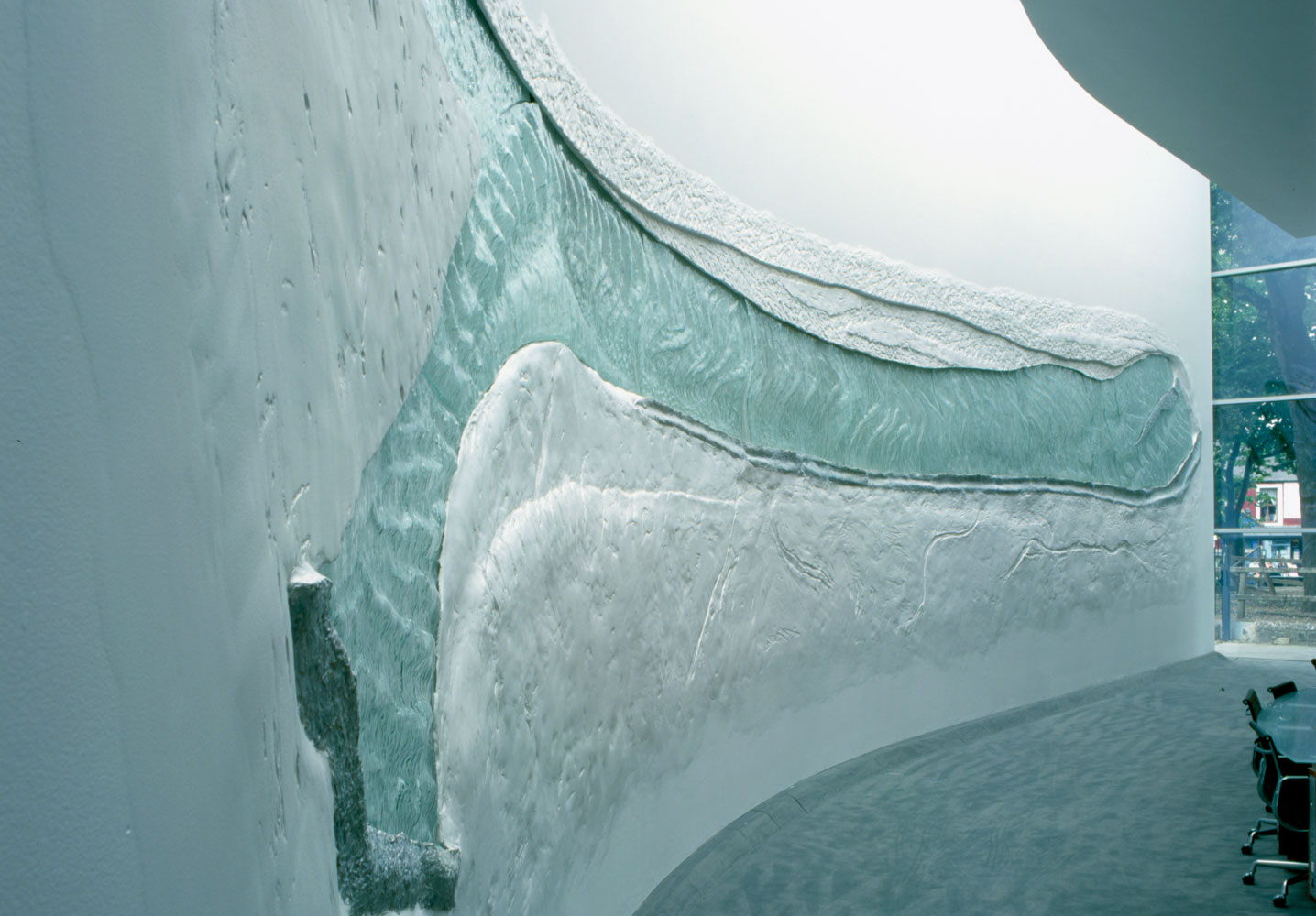
Vivienne Roche’s approach is formally beautiful and seemingly straightforward in its address, but opens onto profound and unsettling ideas about time, loss and persistence, writes Sarah Kelleher